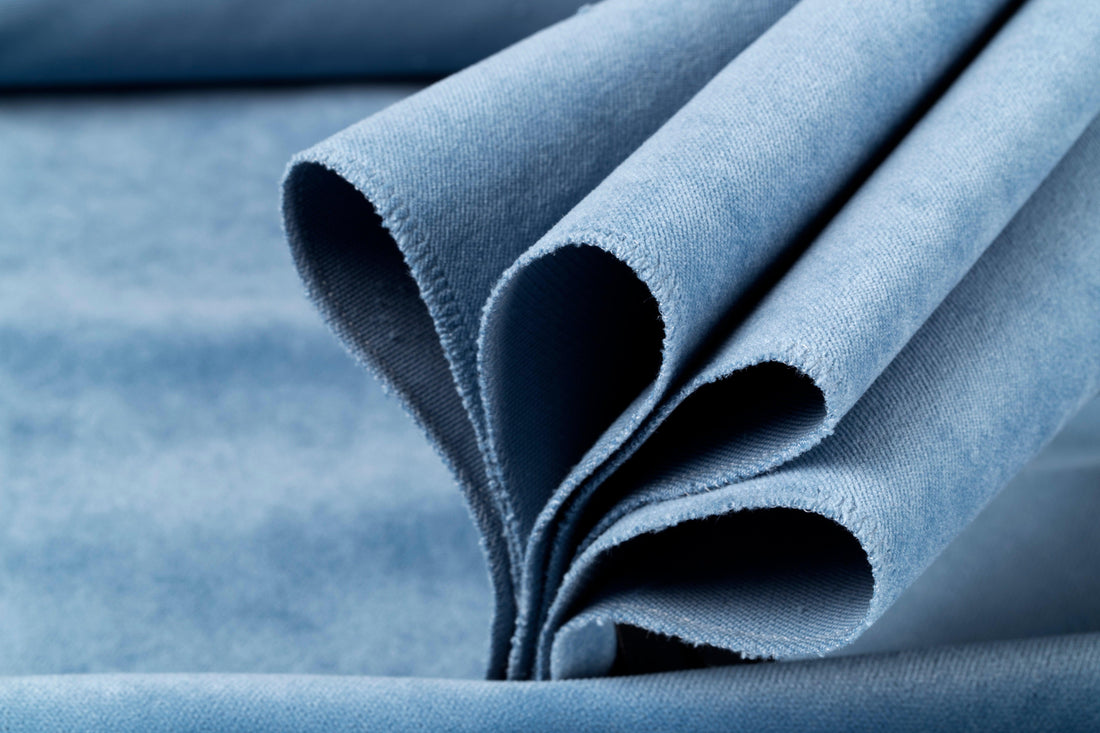
Fabric Project Sizing: How much fabric will I need to reupholster a sofa or chair?
Share
Project sizing is an important step in planning your sofa upholstery recovering project. This is second to order samples of the fabric you are shopping for your project.
To size fabric for a project, you can use measurements from a pattern or template to calculate how much fabric you'll need. You can also consider any additional fabric you might need for hems, facings, or other finishing touches. Here are some tips for sizing fabric for different types of projects:
Measuring Simple Yardage
When working on a sewing or crafting project, it is important to accurately measure the yardage of fabric needed. Typically, project fabric comes in a standard width of 54 inches. If you are measuring in yards or inches, it's essential to understand that a yard of fabric measures 54 inches in width and 36 inches in length.
Determining the amount of fabric required for a project relies on the dimensions of the finished product. While mathematical calculations can provide a baseline, experts recommend using graph paper to sketch the project for a more precise plan.
For instance, if you're making a simple curtain for a 24-inch-wide by 36-inch-high window, a single yard of fabric, measuring 36 inches, will suffice. The 36-inch length will cover the window from top to bottom, and the standard 54-inch width of the fabric is more than enough to cover the 24-inch width.
In the case of an 18-inch-square pillow cover, two squares of fabric, each 18 inches wide by 18 inches long, are needed. Both squares can be cut from a 54-inch-wide bolt of fabric, requiring an 18-inch length, or half a yard, to create two squares.
It's important to note that if the chosen fabric has a specific print direction, this must be taken into account when determining the length and width. Failure to do so may result in the print appearing sideways in the finished project.

